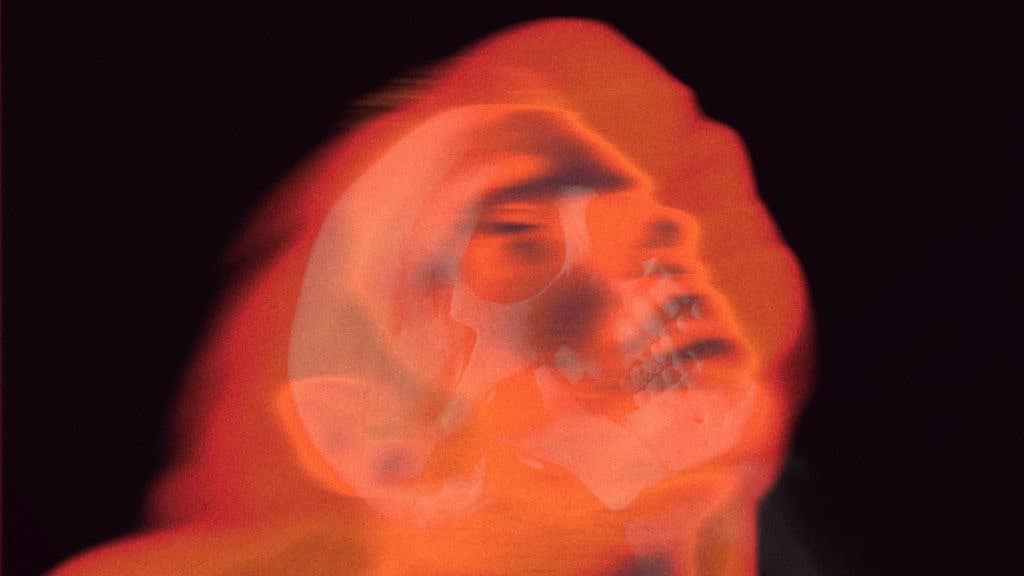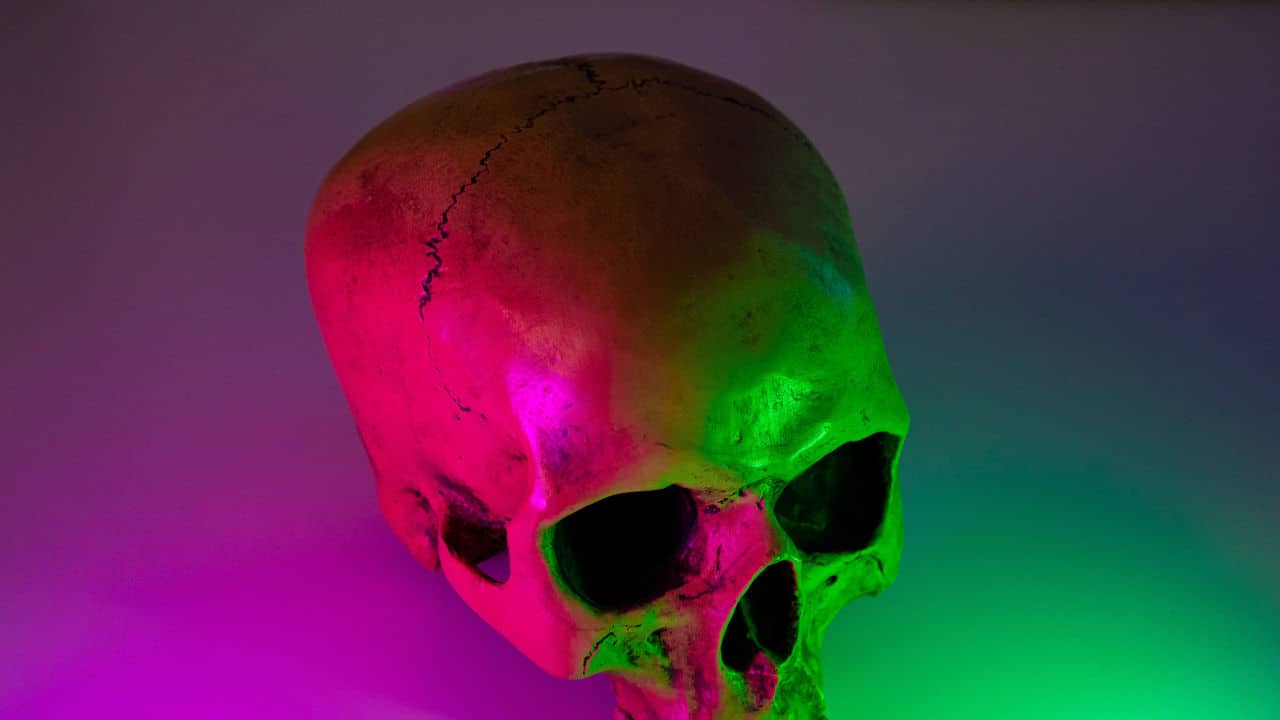Since the head is a vital part of the body, any injury to the head is said to be sensitive and life-threatening. A skull fracture is a form of head injury and, as such, cannot be overlooked or easily compensated. According to Medscape, “skull fractures are currently estimated to occur in 3% of births (i.e., occurring during birth)”.
In just the United States alone, about 2.8 million people sustain head injuries, among which a great percentage is a skull fracture. It is a devastating injury and can be accompanied by damage to the brain and even loss of memory.
What is a Skull Fracture?
A skull fracture is a break in the cranial bone, also known as the skull.
The skull, a hard, shell-like part of the human skeleton, serves as a covering for the brain. It is tough and so can protect the brain from external forces.
However, an impact or blow can occur, causing a skull fracture. While a fracture to the human skull could affect the brain, it is not always so and is different from brain injury, although these two are closely related.
Usually, minor skull fractures heal independently, and the potential harm could come from the injury to the head itself. However, in the case of a major skull fracture where internal swelling or bleeding occurs, it will require surgery and can even bring about more physical, emotional, and mental repercussions.
The symptoms of a skull fracture may vary depending on the severity of the case.
Sometimes, skull fractures do not always have an immediate effect. Some of them occur without any visible physical damage but will probably have repercussions in the long run.
In some cases, the only symptom that an individual has sustained a fracture in the skull may be a bump or bruise on the head.
Albeit, there are several symptoms of a skull fracture such as headaches, drowsiness, vomiting, loss of concentration, stiff neck, swelling on the head, slurred speech, bruising behind the ears or under the eyes, bleeding/clear fluid from the ears, nose, and eyes, confusion, poor memory and so on.
One may not be able to tell how much effect a strong impact can have on the head, but an expert in the medical field should be contacted in such a situation.

Types of Skull Fractures
According to Johns Hopkins Medicine, there are four major types of skull fractures: Linear, depressed, diastatic, and basilar skull fractures.
● Linear Skull Fracture: It is the most common of the types and hardly requires serious medical attention. This fracture is when the bone breaks, but it does not move out of place. The victim may be kept under medical observation for only a short period.
● Depressed Skull Fracture: When this type of fracture occurs, part of the skull is sunken from the impact, and it may be seen without a cut in the scalp. It usually requires surgery to be treated.
● Diastatic Skull Fracture: This type of fracture occurs along the suture lines in the skull, which are the areas between the bones in the head that fuse during infancy. When it occurs, there is a widening of the normal suture lines. It is more often seen in newborns and older infants.
● Basilar Skull Fracture: This type of skull fracture, which involves a break in the bone at the base of the skull, is the most severe. Bruises around the eyes and behind the ear are common in patients with this fracture. Due to a tear in a portion of the brain’s covering, they could also experience clear fluid pouring from their nose or ears. The victims of this type of fracture require urgent surgical intervention and close hospital observation.
Causes of Skull Fracture
A skull fracture can be a result of different circumstances, including; automobile accident, physical assault, fall, etc.
Some skull fractures are even caused by objects falling on a person.
An instance is this case whereby an unknowing Ms. Annie Shea Wheeler, 22, was mere weeks from graduating college when she was struck by falling concrete from a building in Chicago that fractured her skull. Emergency surgery had to be conducted to save her life.
Ms. Wheeler lost all ability to read and write while enduring constant pain. Since the accident was a result of negligence from the scaffolding company, which didn’t secure the huge blocks of concrete – which were described to be as large as couch cushions – Ms. Wheeler sued them for her injuries and all other issues she might have faced.
A skull fracture can also occur in infants. This fracture can happen due to the inappropriate use of instruments during delivery.
An example of an infant skull fracture case is Melancon vs. Dr. Backardijiev. In 2013, A Texas mother, Rachel Melancon, sued Dr. George Backardijiev for the death of her baby following a complication during delivery. Dr. Backardijiev used forceps during the delivery of her baby, and she claimed she heard a ‘pop’ sound as the infant’s skull was cracked.
It was even worse because the mother initially requested a cesarean section but was refused by the doctor. Eventually, a C–section removed the injured baby from her stomach.
After some days of life support, the newborn died. This tragedy led to the suicide of the baby’s father and Rachel’s fiance. Rachel Melancon won the case and was awarded $10.3 million for the damages caused.
How does Legal Animation help with Skull Fracture Cases?
Skull fracture cases are usually straightforward. The problem comes with explaining the medical aspect clearly.
Presenting with visuals is the easiest way of getting complex information across since even research has it that 65% of the general population are visual learners.
Firstly, illustrations in court show what a regular skull looks like compared to the victim’s fractured skull. Then, most times, the injuries need complicated, emergency surgical procedures.
Hence, demonstrative exhibits can be used during the explanations by the expert witness to help the jury members understand how the plaintiff has been made to undergo such life-threatening surgeries and how life-threatening they indeed are.
Since trials occur a year or more after the incident and the plaintiff might have already regained their good health, these trial animations aid in taking the jury through the stages the skull took to heal, up to the point of recovery.
In conclusion, all of these would aid the attorney involved in getting on the good side of the jury, thereby winning the case.






